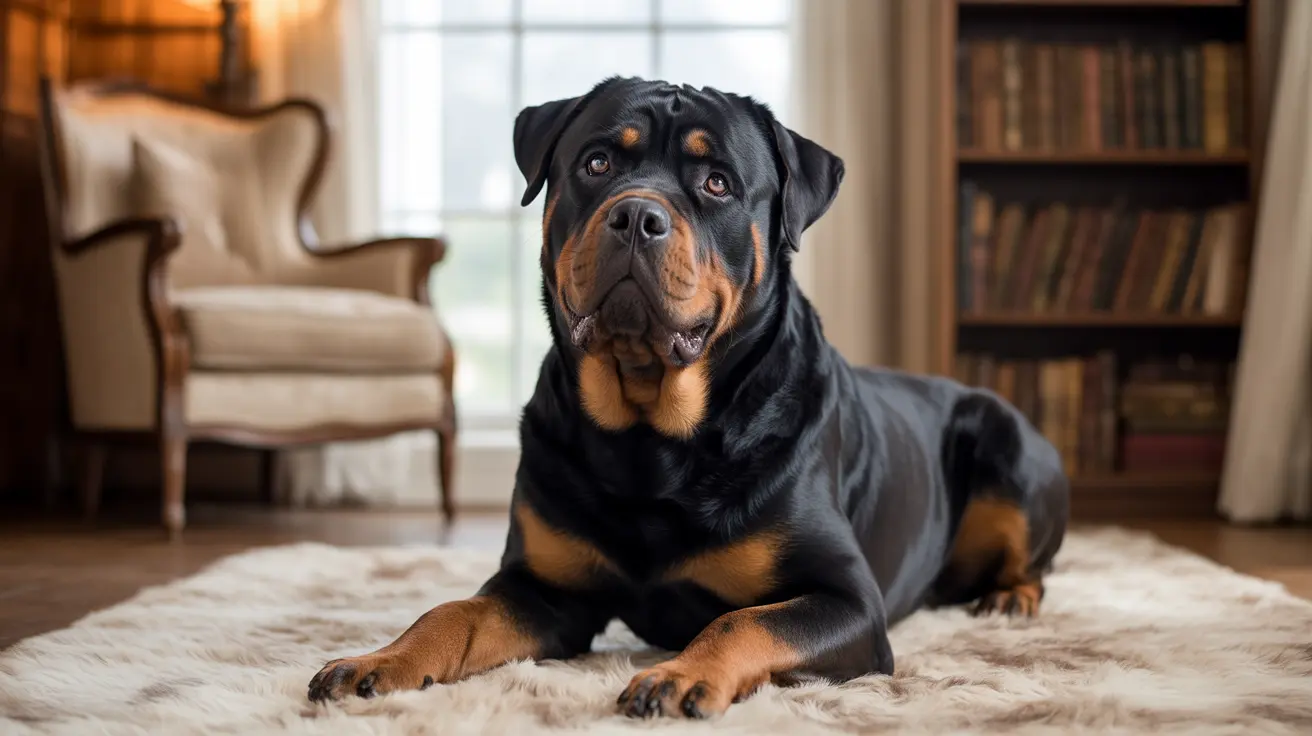The Anatomy of Dog "Eyebrows"
Dogs have a bony structure called the supraorbital torus (brow ridge) above their eyes. Unlike human eyebrows, which feature prominent hair growth, dogs have a specialized muscle called the levator anguli oculi medialis. This muscle allows them to create various expressions, particularly the famous "puppy dog eyes" look.
The muscle structure is particularly interesting because it's almost universally present in domesticated dogs but appears only as weak, irregular fibers in wolves. This distinction highlights how domestication has shaped dogs' facial anatomy for better communication with humans.
Evolution Through Domestication
Scientists believe that dogs developed their expressive eyebrow movements through artificial selection during domestication. As humans naturally responded more positively to dogs that could make these engaging facial expressions, these traits were unconsciously selected for over generations.
Research has shown that dogs with more expressive eyebrows were more likely to be adopted from shelters, suggesting that these features continue to play a crucial role in human-dog relationships today.
Breed-Specific Variations
Some dog breeds have more noticeable "eyebrow" features than others. Rottweilers, for example, often have distinctive tan markings above their eyes that create the appearance of eyebrows. Breeds like German Shepherds, Dobermans, and various terriers may also have differently colored fur in their brow area, making their expressions more visible.
Brachycephalic breeds like Pugs and Boxers have particularly pronounced brow ridges due to their skull structure, though all dogs possess the underlying muscles for creating expressive movements.
The Role of Eyebrow Movements in Communication
Dogs use their eyebrow movements primarily for communication rather than eye protection (which is the main function of human eyebrows). These movements can indicate various emotions and intentions, including:
- Attention and focus
- Uncertainty or confusion
- Excitement
- Anxiety or stress
- Request for interaction or treats
Frequently Asked Questions
Do dogs really have eyebrows like humans, and how do their eyebrow muscles work?
No, dogs don't have true eyebrows like humans do. Instead, they have specialized muscles above their eyes that allow them to create eyebrow-like movements. The main muscle, called the levator anguli oculi medialis, enables them to raise the inner corner of their brow area.
Why do dogs raise their eyebrows, and what does the "puppy dog eyes" expression mean?
Dogs raise their eyebrows primarily to communicate with humans. The "puppy dog eyes" expression is created by raising the inner portion of their brows, which makes their eyes appear larger and more infant-like. This expression often triggers a nurturing response in humans.
How did dogs develop expressive eyebrow movements through domestication?
These movements evolved over thousands of years of domestication. Dogs that could better communicate with humans through facial expressions were more likely to be cared for and bred, leading to the development of stronger facial muscles for these expressions.
Which dog breeds have the most noticeable eyebrow expressions or markings?
Breeds like Rottweilers, German Shepherds, and Dobermans often have distinctive coloring around their brow area. Brachycephalic breeds like Pugs and Boxers have pronounced brow ridges that make their expressions particularly noticeable.
Can understanding a dog's eyebrow movements help me better read their emotions and behavior?
Yes, paying attention to your dog's eyebrow movements can help you better understand their emotional state and needs. These expressions are often combined with other body language cues to communicate feelings like attention, uncertainty, or desire for interaction.






